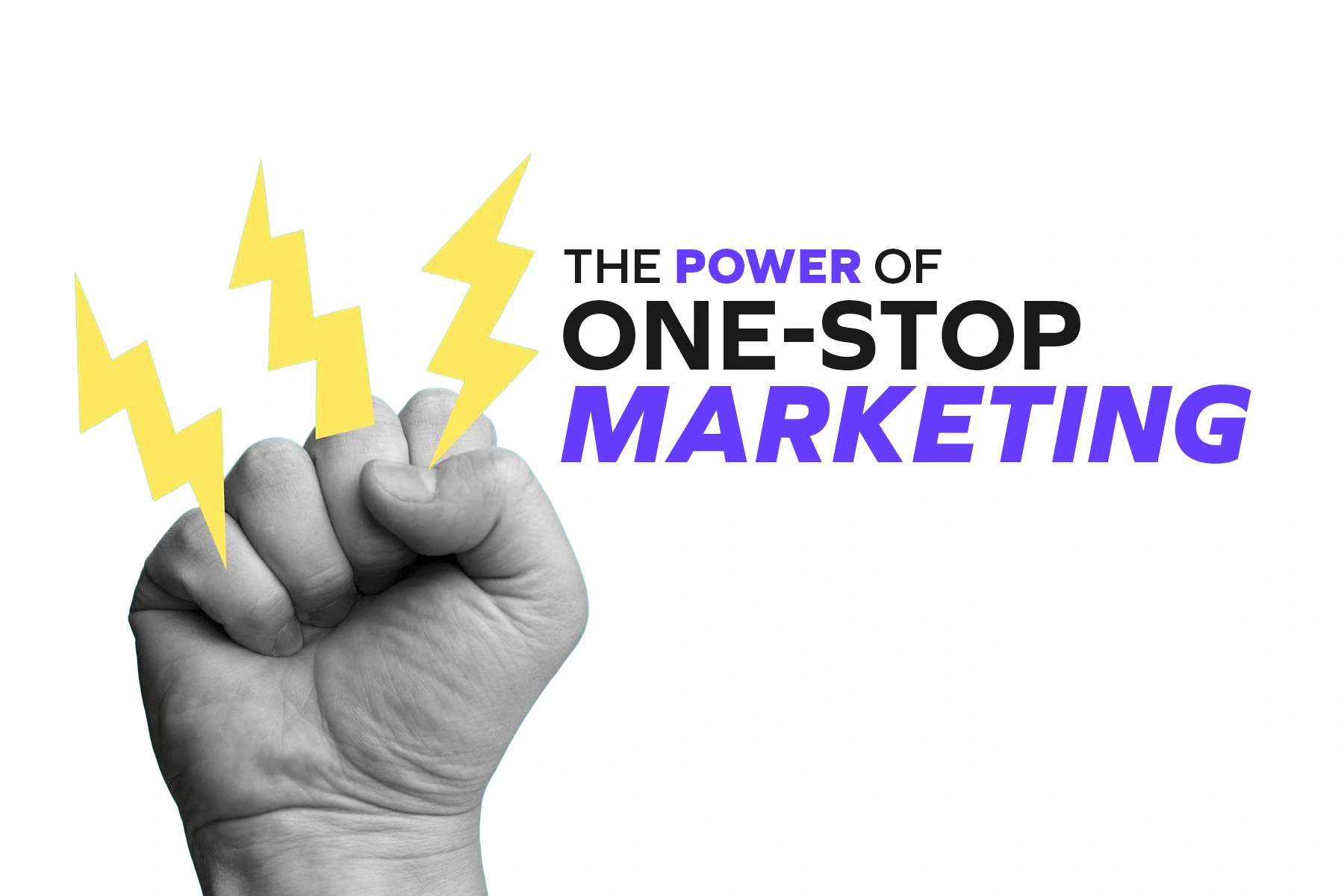Search Engine Optimisation (SEO) is often seen as a long game — and rightly so. Building rankings, authority, and steady traffic takes time. But there’s a faster way to attract qualified visitors that many Australian businesses overlook: seasonal SEO — your shortcut to timely traffic and sales.
This isn’t about chasing fads or cramming in keywords. It’s about understanding the natural rhythm of search behaviour and meeting customers exactly when they’re looking. Just like the weather changes, so do people’s online searches — and when you can match that rhythm, especially with the speed and precision of AI, you can get ahead of competitors before the season even peaks.
Whether you’re running a boutique, an eCommerce store, a professional service, or a local brick-and-mortar with a website, seasonal SEO can give you a powerful edge. The best part? It’s not complicated. By planning ahead, aligning with what your audience is searching for right now, and using AI to predict trends, personalise content, and track performance, you can turn seasonal opportunities into consistent business growth.
In this guide, we’ll walk you through how to make seasonal SEO work in the Australian market — with practical steps, AI-powered tips, and real examples you can use straight away.
First, What Exactly Is Seasonal SEO?
Seasonal SEO is the practice of tailoring your website content to match seasonal search trends. These trends can be based on:
- Time of year: Think summer, winter, spring, or autumn-related searches.
- Holidays and events: Mother’s Day, Christmas, EOFY, school holidays, Australia Day, Black Friday.
- Lifestyle habits: Spring cleaning, New Year fitness goals, winter skincare, summer fashion.
- Cultural patterns: Footy finals, spring racing, tax season.
It’s about recognising that people look for different things at different times — and positioning your content to meet those needs.
Why Seasonal SEO Matters (Especially in Australia)
Here’s the crucial point:
Australia’s seasons and holiday schedule are unique and often the reverse of what’s seen in the rest of the world.So, if you’re simply copying global SEO trends or using generic tools, you’re likely missing the mark.
For example:
- Australians search for “beach umbrellas” in December — not July.
- “Heater installation” peaks in May and June, not January.
- “EOFY marketing tips” start trending in May — not November.
Tapping into these patterns means you’re meeting people at the moment of intent. When you create content around what your audience is actively searching for — in their context and climate — you don’t just get traffic, you get qualified traffic.
Step 1: Research Seasonal Search Trends (Aussie Style)
You don’t need fancy tools to start. Even free resources can give you big insights.
Here’s how to do it:
- Google Trends (AU version): Plug in terms like “gift ideas,” “tax tips,” or “skin care” and filter by Australia. You’ll see when they spike — and which states are searching more.
- Google Search Console: If you’ve had a website for a while, look at past seasonal traffic patterns. When did your pages get the most clicks? Which queries were trending?
- Keyword tools like Ubersuggest, SEMrush, or Ahrefs: Filter your keyword research by Australia and look for spikes in volume during specific times of the year.
Example:
Let’s say you sell fitness gear. Instead of always targeting “gym clothes,” look for spikes in:
- “Activewear for summer” (October–January)
- “New Year fitness gear” (December–January)
- “Workout clothes for winter” (May–June)
Tailor your content accordingly.
Step 2: Plan Your Content Calendar by Season
Once you’ve got the insights, it’s time to map them out.
Here’s a basic seasonal SEO content calendar example for an Australian lifestyle brand:
| Month | Content Theme | Example Blog Titles |
| January | Summer, New Year, Fitness | “New Year, New You: Top Activewear Picks for 2026” |
| February | Back to School, Valentine’s Day | “Unique Valentine’s Day Gift Ideas for Him” |
| April | Easter, Autumn Skincare | “How to Transition Your Skincare Routine in Autumn” |
| June | EOFY, Winter Warmers | “EOFY Deals: What to Know Before June 30” |
| August | Tax Time, Spring Prep | “Spring Decluttering Checklist for Busy Families” |
| October | Spring Racing, Home Makeovers | “Style Your Home for Spring Without Breaking the Bank” |
| December | Christmas, Summer Holidays | “Last-Minute Christmas Gift Ideas for Every Budget” |
Planning ahead means you can avoid the last-minute rush to publish.You’re ready — and Google loves timely, helpful content.
Step 3: Optimise Seasonal Pages — Don’t Just Create New Ones
It’s tempting to create brand-new content every season, but that can dilute your efforts. Instead, you can focus on updating and optimising your most important seasonal pages each year.
For example:
- If you wrote a “Christmas Gift Guide” in 2023, update it for 2026 with new products, current prices, and fresh internal links.
- Got an “EOFY Tips” page? Don’t let it sit idle. Add new stats, change the headline, and promote it anew.
Why? Because older pages already have authority with Google. A refreshed page will often rank better and faster than a brand-new one.
Pro tip:
Add the year to the title — e.g. “Spring Cleaning Tips for 2026” — but keep the URL the same. That way, you maintain your SEO juice while showing your content is current.
Step 4: Use Internal Linking to Boost Seasonal Visibility
Let’s say someone lands on your summer skincare blog. Don’t let them leave after one page.
Guide them deeper into your content by linking to:
- Your bestsellers for hot-weather skin care
- A related guide like “How to Build a Summer Skincare Routine”
- A product page featuring seasonal items
Internal links signal to Google what pages matter most — and keep users on your site longer. It’s a win-win.
Real story:
A Sydney-based home organiser ran a spring content campaign with three connected blogs: “Declutter Before Spring,” “Spring Storage Solutions,” and “How to Style a Fresh Entryway.” Each linked to the next.
Result?
Lower bounce rates and triple the conversions compared to their usual posts.
Step 5: Promote Seasonal Content Beyond Organic Search
Just because it’s SEO-driven doesn’t mean you should rely on Google alone. Seasonal content works beautifully across:
- Email newsletters: Share a seasonal guide with a catchy subject line like “Ready for Spring? Your Home Might Not Be.”
- Social media: Break your blog into tips, reels, or quote graphics that link back to the full post.
- Pinterest: Especially for visual, seasonal ideas like gift guides, recipes, home décor, or fashion.
Remember: SEO brings long-term value, but seasonal content also gives you immediate fuel for timely marketing.
Step 6: Analyse and Learn After Each Season
Once a seasonal campaign ends, don’t just move on. Review the performance.
Look at:
- Traffic spikes (from Google Analytics or Search Console)
- Keyword rankings
- Conversion rates from seasonal pages
- Engagement metrics (bounce rate, time on page)
Did your “Back to School” blog bring traffic? Did your “EOFY Services” page get clicks but no conversions? Use this data to improve your approach next season.
How AI Can Supercharge Your Seasonal SEO Strategy
Seasonal SEO is powerful on its own — but when you bring AI into the mix, it becomes even more effective and efficient. Here’s how AI can help business owners plan and execute seasonal campaigns:
1. Predicting Seasonal Trends Before They Peak
Advanced AI analytics platforms including Google Gemini, Exploding Topics, and Trendalytics process vast datasets of historical search and social media patterns to identify and predict emerging seasonal trends.
Example:
They might reveal that “EOFY small business tips” starts trending earlier in regional areas compared to major cities.
2. Finding High-Intent Seasonal Keywords
Instead of manually sifting through hundreds of keywords, AI keyword research tools like SEMrush Keyword Magic Tool with AI Insights, Ahrefs Keywords Explorer, and Moz Keyword Explorer can instantly filter out irrelevant terms and highlight the most profitable seasonal phrases — filtered by country, climate, and cultural events.
3. Creating Seasonal Content Faster
AI writing assistants like ChatGPT (with GPT-4 or GPT-5), Jasper AI, and Copy.ai can help draft blog outlines, product descriptions, and social media captions tailored to seasonal topics.
You can then refine them for brand tone, accuracy, and SEO.
4. Personalising Content for Different Audiences
AI customer segmentation platforms like HubSpot’s AI tools, Adobe Sensei, or Persado can analyse behaviour data to recommend seasonal content variations for different customer groups.
Example: A Christmas guide for last-minute shoppers vs. luxury gift buyers.
5. Optimising Old Seasonal Pages Automatically
AI-driven content audit tools such as Surfer SEO, MarketMuse, and Clearscope can quickly spot which past seasonal pages are losing traffic and give you actionable update suggestions — from keyword tweaks to heading structure improvements.
6. Enhancing Seasonal Visuals
Generative AI tools like Midjourney, DALL·E, and Canva’s Magic Media AI can create seasonal images, banners, and graphics that perfectly match your campaign theme — without the cost of a full design team.
7. Tracking Seasonal Campaign Performance in Real Time
AI analytics platforms like Google Analytics 4 with predictive AI, PaveAI, and Funnel.io can flag when certain seasonal pages are underperforming, helping you make quick adjustments before the peak period passes.
Final Thoughts: Seasonal SEO + AI = Your Competitive Edge
Seasonal SEO isn’t just about riding short-lived trends — it’s about being in the right place at the right time with content that speaks directly to what your audience needs. In Australia, where seasons, holidays, and cultural moments don’t always line up with the rest of the world, this precision matters even more.
By researching local seasonal patterns, planning ahead, and keeping your high-performing pages fresh, you set your business up to capture valuable, high-intent traffic year after year. And when you layer in AI — for predicting trends, finding keywords, creating and personalising content, and tracking results in real time — you’re no longer reacting to seasonal demand, you’re anticipating it.
The takeaway?
Plan like a strategist, execute like a local, and optimise like an innovator. Your customers are already searching — make sure you’re the on







